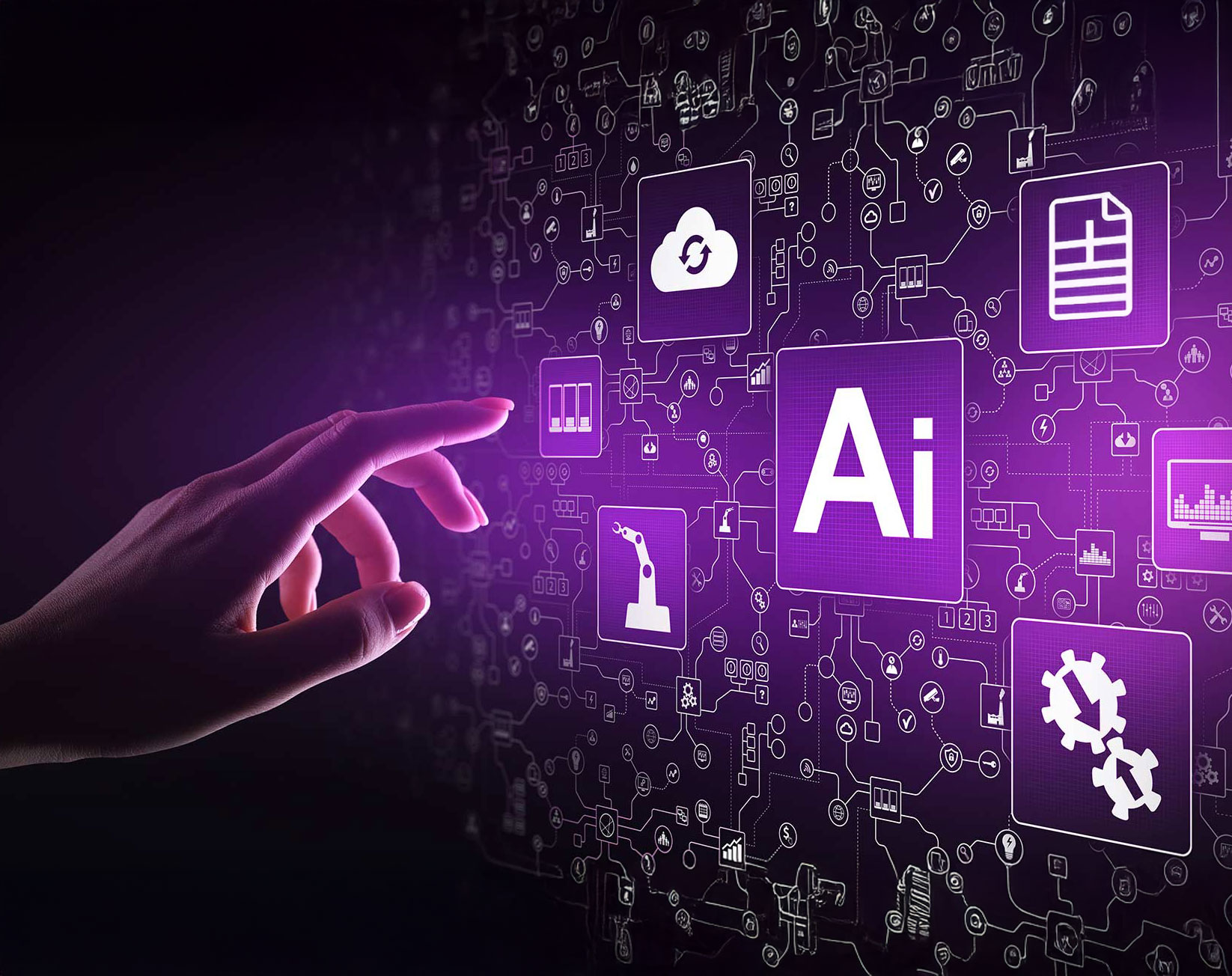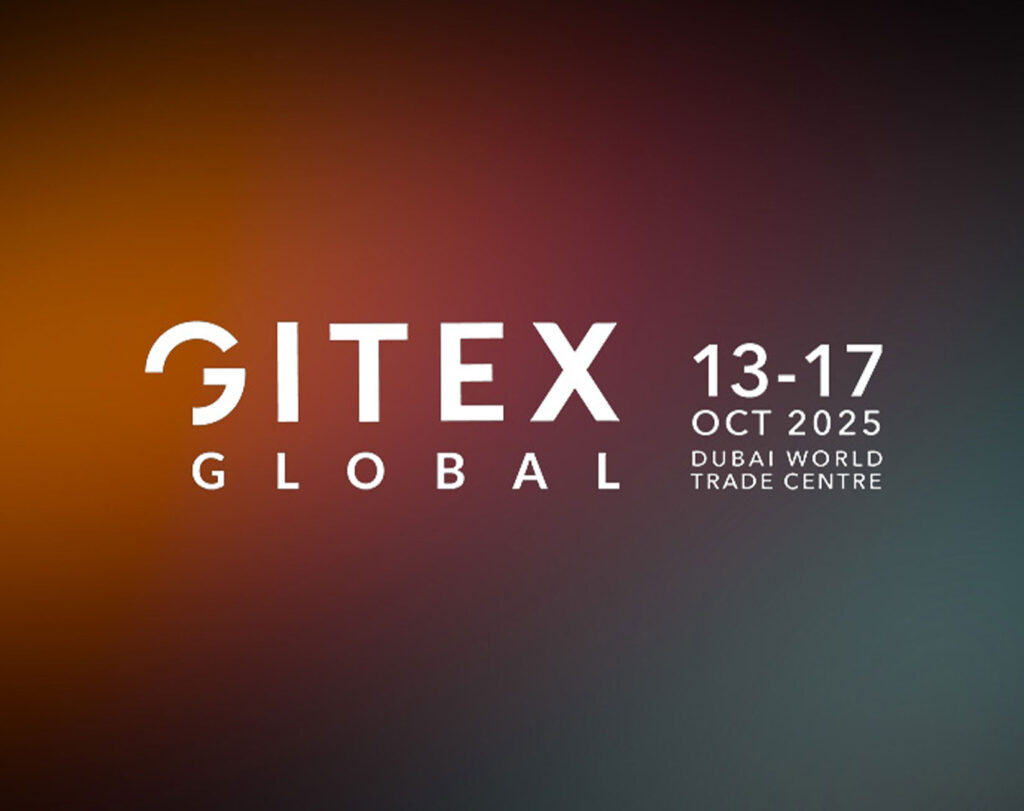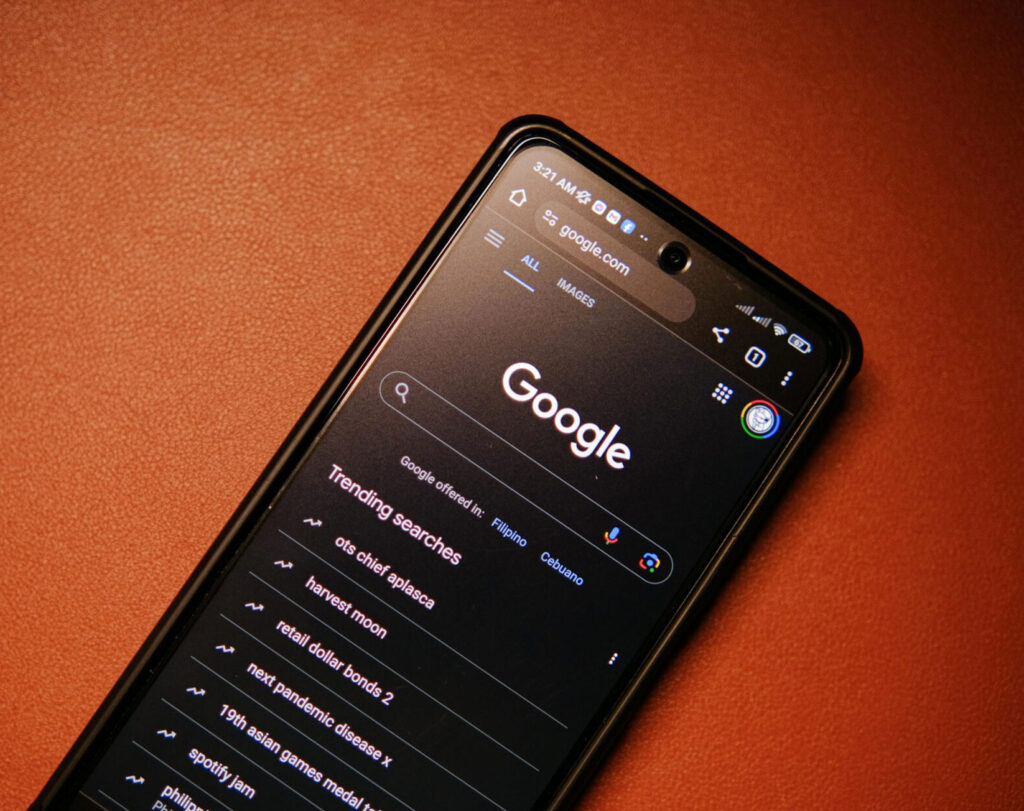In the not-so-distant past, internet search was simple: type a few words, click on a link, and find your answer. Today, that model is rapidly dissolving as Artificial Intelligence (AI) reshapes the very fabric of how we search, interact, and retrieve information. From Google’s AI Overviews to ChatGPT’s conversational answers and Perplexity’s real-time citations, the web is entering a new era—one where search is no longer about links, but about understanding, reasoning, and responding.
The New Search Experience
Forget blue links. AI-powered search is designed to think like a human, offering instant summaries, task automation, and even voice/image interactions. Leading the charge:
Google’s “AI Mode” brings multi-turn conversations, deep follow-ups, and live camera-based queries to search results.
ChatGPT, with web browsing enabled, acts as a research assistant—summarizing topics, comparing sources, and answering complex prompts.
Perplexity AI delivers fast, cited answers that combine generative text with direct links for trust and transparency.
The Decline of Traditional SEO
With nearly 60% of informational queries now ending without a single click (thanks to AI summaries), websites depending on classic SEO strategies are seeing significant traffic declines. Marketers and content creators are scrambling to adapt to the rise of:
Answer Engine Optimization (AEO)
Generative Engine Optimization (GEO)
These strategies focus on optimizing content for AI models—not humans—by ensuring structured data, concise answers, and semantic clarity.
Multimodal Search: Beyond Typing
Today’s users want more than text—they expect search via voice, image, and video. AI search engines are responding with:
Voice-first search experiences (especially on mobile)
Image recognition and camera-based queries (Google Lens, Search Live)
Multimodal inputs that let users describe what they need in natural, flexible ways
This evolution is redefining accessibility and making search more intuitive than ever before.
Ads in AI: The New Revenue Layer
With traditional ads losing visibility, search giants are experimenting with AI-native advertising:
Perplexity and Copilot are embedding contextual ads inside AI responses.
Google’s upcoming AI ad formats aim to blend audio previews and product snippets into conversations.
This means businesses must rethink how they place, format, and track their ads in a world dominated by conversational AI agents.
What It Means for You
Whether you’re a business, content creator, advertiser, or everyday user—AI search is no longer optional. It’s the new standard.
Businesses need to optimize for AI visibility, not just keyword rankings.
Marketers must create AI-ready content: clear, concise, and structured.
Users benefit from faster, smarter answers—but must learn to ask better, more contextual questions.
Final Thoughts
AI is not just enhancing search—it’s reinventing it. The internet is moving away from static answers and toward dynamic, AI-driven experiences. As the battle between Google, ChatGPT, and Perplexity unfolds, one thing is clear:
Search is no longer about finding links—it’s about finding meaning.





A customer relationship management (CRM) system helps you collect, organize and analyze client information. This process allows you to build and maintain relationships with your existing customers and find potential new customers. Many businesses rely on cloud-based platforms, such as Salesforce and Hubspot, to manage their client relations as their businesses grow.